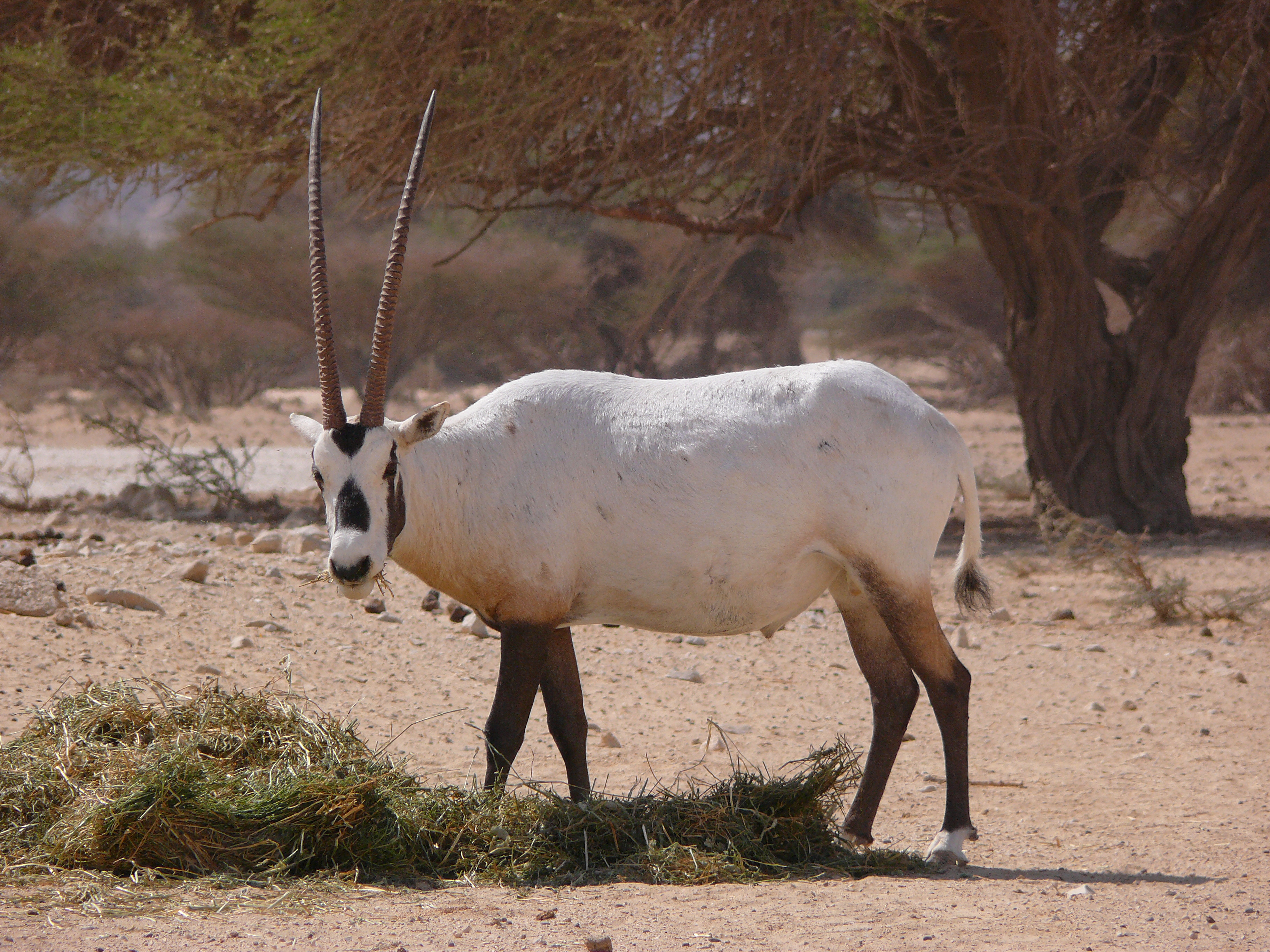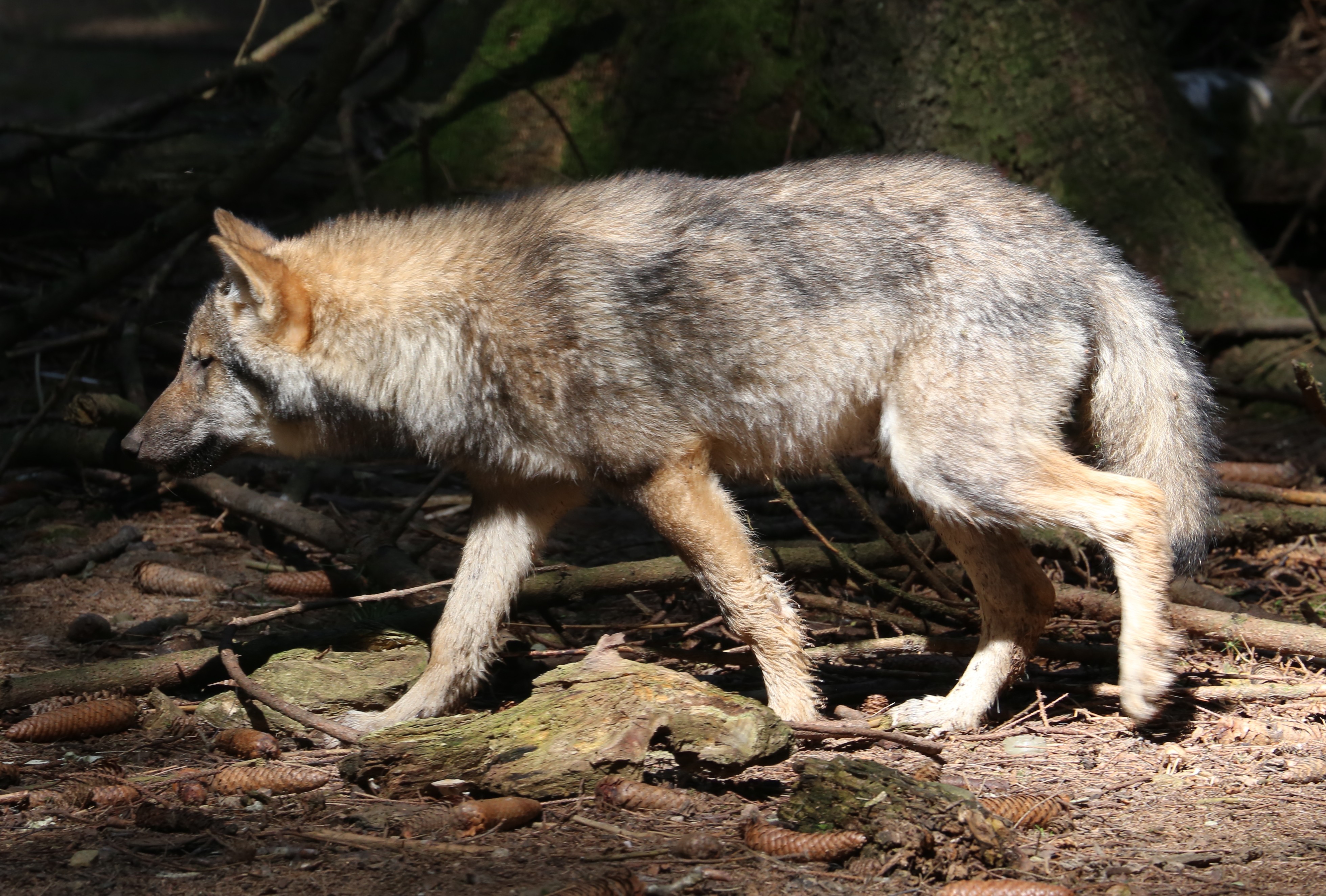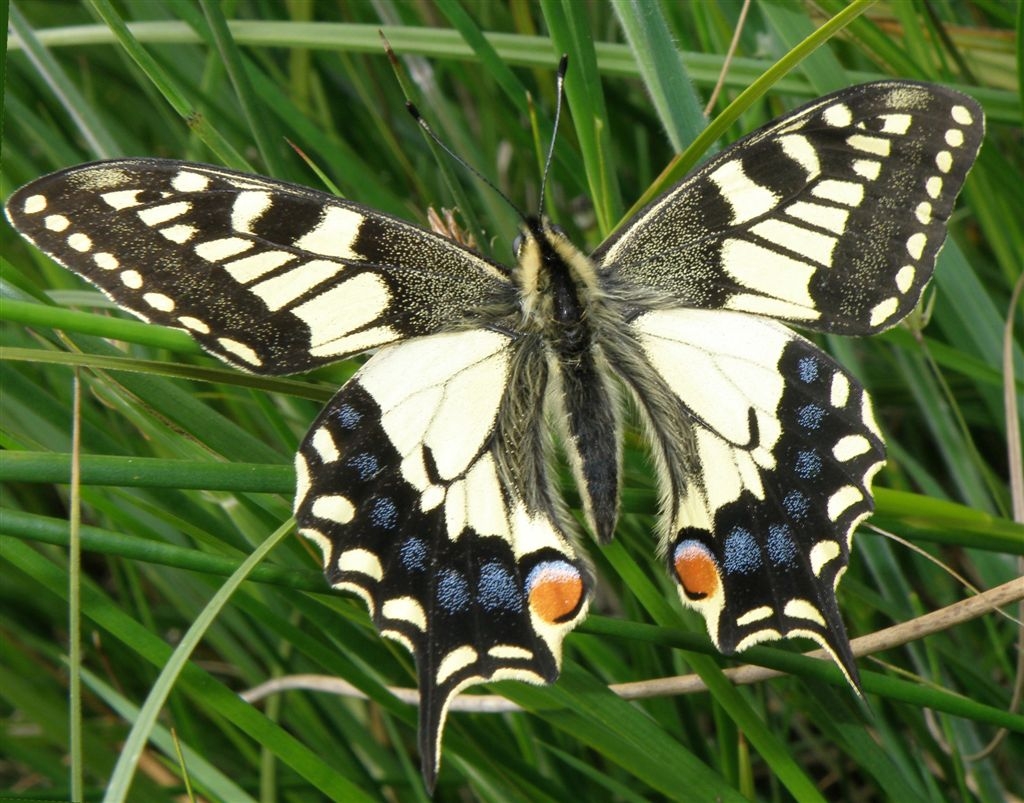|
Mazarine Blue
''Cyaniris semiargus'', the Mazarine blue, is a Palearctic butterfly in the family Lycaenidae. Subspecies Subspecies include: * ''Cyaniris semiargus semiargus'' (Europe, Caucasus, Siberia, Russian Far East) * ''Cyaniris semiargus altaiana'' (, 1909) ( Tian-Shan, Altai Mountains, Sayan Mountains, Transbaikalia) * ''Cyaniris semiargus amurensis'' (, 1909) (Amur river, Ussuri, Japan) * ''Cyaniris semiargus atra'' (, 1885) (Ghissar, Alai Mountains, Darvaz) * ''Cyaniris semiargus jiadengyunus'' (, 1992) (Altai Mountains) * ''Cyaniris semiargus maroccana'' (, 1920 (Morocco) * ''Cyaniris semiargus tartessus'' (, 2007) (SW. Spain) * ''Cyaniris semiargus transiens'' , 1910 (Spain) * ''Cyaniris semiargus uralensis'' (, 1909) (Urals) Distribution The Mazarine blue's population is distributed throughout continental Europe, reaching into the Arctic Circle, Morocco, and the Middle East then east across the Palearctic to Siberia and the Russian Far East. There was a large native population ... [...More Info...] [...Related Items...] OR: [Wikipedia] [Google] [Baidu] |
Palearctic
The Palearctic or Palaearctic is a biogeographic realm of the Earth, the largest of eight. Confined almost entirely to the Eastern Hemisphere, it stretches across Europe and Asia, north of the foothills of the Himalayas, and North Africa. The realm consists of several bioregions: the Mediterranean Basin; North Africa; North Arabia; Western, Central and East Asia. The Palaearctic realm also has numerous rivers and lakes, forming several freshwater ecoregions. Both the eastern and westernmost extremes of the Paleartic span into the Western Hemisphere, including Cape Dezhnyov in Chukotka Autonomous Okrug to the east and Iceland to the west. The term was first used in the 19th century, and is still in use as the basis for zoogeographic classification. History In an 1858 paper for the ''Proceedings of the Linnean Society'', British zoologist Philip Sclater first identified six terrestrial zoogeographic realms of the world: Palaearctic, Aethiopian/ Afrotropic, Indian/ I ... [...More Info...] [...Related Items...] OR: [Wikipedia] [Google] [Baidu] |
Spain
Spain, or the Kingdom of Spain, is a country in Southern Europe, Southern and Western Europe with territories in North Africa. Featuring the Punta de Tarifa, southernmost point of continental Europe, it is the largest country in Southern Europe and the fourth-most populous European Union member state. Spanning across the majority of the Iberian Peninsula, its territory also includes the Canary Islands, in the Eastern Atlantic Ocean, the Balearic Islands, in the Western Mediterranean Sea, and the Autonomous communities of Spain#Autonomous cities, autonomous cities of Ceuta and Melilla, in mainland Africa. Peninsular Spain is bordered to the north by France, Andorra, and the Bay of Biscay; to the east and south by the Mediterranean Sea and Gibraltar; and to the west by Portugal and the Atlantic Ocean. Spain's capital and List of largest cities in Spain, largest city is Madrid, and other major List of metropolitan areas in Spain, urban areas include Barcelona, Valencia, Seville, ... [...More Info...] [...Related Items...] OR: [Wikipedia] [Google] [Baidu] |
Sexual Dimorphism
Sexual dimorphism is the condition where sexes of the same species exhibit different Morphology (biology), morphological characteristics, including characteristics not directly involved in reproduction. The condition occurs in most dioecy, dioecious species, which consist of most animals and some plants. Differences may include secondary sex characteristics, size, weight, color, markings, or behavioral or cognitive traits. Male-male reproductive competition has evolved a diverse array of sexually dimorphic traits. Aggressive utility traits such as "battle" teeth and blunt heads reinforced as battering rams are used as weapons in aggressive interactions between rivals. Passive displays such as ornamental feathering or song-calling have also evolved mainly through sexual selection. These differences may be subtle or exaggerated and may be subjected to sexual selection and natural selection. The opposite of dimorphism is ''monomorphism'', when both biological sexes are phenotype, ... [...More Info...] [...Related Items...] OR: [Wikipedia] [Google] [Baidu] |
Natural History Museum, London
The Natural History Museum in London is a museum that exhibits a vast range of specimens from various segments of natural history. It is one of three major museums on Exhibition Road in South Kensington, the others being the Science Museum (London), Science Museum and the Victoria and Albert Museum. The Natural History Museum's main frontage, however, is on Cromwell Road. The museum is home to life and earth science specimens comprising some 80 million items within five main collections: botany, entomology, mineralogy, palaeontology and zoology. The museum is a centre of research specialising in Taxonomy (biology), taxonomy, identification and conservation. Given the age of the institution, many of the collections have great historical as well as scientific value, such as specimens collected by Charles Darwin. The museum is particularly famous for its exhibition of dinosaur skeletons and ornate architecture—sometimes dubbed a ''cathedral of nature''—both exemplified by the ... [...More Info...] [...Related Items...] OR: [Wikipedia] [Google] [Baidu] |
Scandinavia
Scandinavia is a subregion#Europe, subregion of northern Europe, with strong historical, cultural, and linguistic ties between its constituent peoples. ''Scandinavia'' most commonly refers to Denmark, Norway, and Sweden. It can sometimes also refer to the Scandinavian Peninsula (which excludes Denmark but includes a part of northern Finland). In English usage, Scandinavia is sometimes used as a synonym for Nordic countries. Iceland and the Faroe Islands are sometimes included in Scandinavia for their Ethnolinguistics, ethnolinguistic relations with Sweden, Norway and Denmark. While Finland differs from other Nordic countries in this respect, some authors call it Scandinavian due to its economic and cultural similarities. The geography of the region is varied, from the Norwegian fjords in the west and Scandinavian mountains covering parts of Norway and Sweden, to the low and flat areas of Denmark in the south, as well as archipelagos and lakes in the east. Most of the population ... [...More Info...] [...Related Items...] OR: [Wikipedia] [Google] [Baidu] |
Species Reintroduction
Species reintroduction is the deliberate release of a species into the wild, from captivity or other areas where the organism is capable of survival. The goal of species reintroduction is to establish a healthy, Genetic diversity, genetically diverse, self-sustaining population to an area where it has been extirpated, or to augment an existing population. Species that may be eligible for reintroduction are typically Threatened species, threatened or endangered in the wild. However, reintroduction of a species can also be for pest control; for example, wolves being reintroduced to a wild area to curb an overpopulation of deer. Because reintroduction may involve returning native species to localities where they had been extirpated, some prefer the term "reestablishment". Humans have been reintroducing species for food and pest control for thousands of years. However, the practice of reintroducing for conservation is much younger, starting in the 20th century. Methods for sourcing i ... [...More Info...] [...Related Items...] OR: [Wikipedia] [Google] [Baidu] |
UNESCO
The United Nations Educational, Scientific and Cultural Organization (UNESCO ) is a List of specialized agencies of the United Nations, specialized agency of the United Nations (UN) with the aim of promoting world peace and International security, security through international cooperation in education, arts, sciences and culture. It has 194 Member states of UNESCO, member states and 12 associate members, as well as partners in the Non-governmental organization, non-governmental, Intergovernmental organization, intergovernmental and private sector. Headquartered in Paris, France, UNESCO has 53 regional field offices and 199 National Commissions for UNESCO, national commissions. UNESCO was founded in 1945 as the successor to the League of Nations' International Committee on Intellectual Cooperation.English summary). UNESCO's founding mission, which was shaped by the events of World War II, is to advance peace, sustainable development and human rights by facilitating collaboratio ... [...More Info...] [...Related Items...] OR: [Wikipedia] [Google] [Baidu] |
Local Extinction
Local extinction, also extirpation, is the termination of a species (or other taxon) in a chosen geographic area of study, though it still exists elsewhere. Local extinctions are contrasted with extinction, global extinctions. Local extinctions mark a change in the ecology of an area. It has sometimes been followed by a replacement of the species taken from other locations, such as with wolf reintroduction. Discussion Glacial period, Glaciation is one factor that leads to local extinction. This was the case during the Quaternary glaciation, Pleistocene glaciation event in North America. During this period, most of the native North American species of earthworm were killed in places covered by glaciation. This left them open for colonization by European earthworms brought over in soil from Europe. Species naturally become extinct from islands over time; this can be either local extinction if the species also occurs elsewhere, or in cases of endemism, island endemism, outright ex ... [...More Info...] [...Related Items...] OR: [Wikipedia] [Google] [Baidu] |
List Of Butterflies Of Great Britain
This is a list of butterfly, butterflies of Great Britain, including extinct, naturalised species and those of dubious origin. The list comprises butterfly species listed in ''The Moths and Butterflies of Great Britain and Ireland'' by Emmet ''et al.'' and ''Britain's Butterflies'' by Tomlinson and Still. A study by Natural Environment Research Council, NERC in 2004 found there has been a species decline of 71% of butterfly species between 1983 and 2003. The 2007 United Kingdom Biodiversity Action Plan, UK Biodiversity Action Plan (BAP) listed 22 butterfly species. The 2011 Red List of British butterflies lists 4 species as "regionally extinct" (RE), 2 as "critically endangered", 8 as "endangered (E), 9 as "vulnerable" (V), 11 as "near threatened" (NT) and 28 as "least concern" (LC) in a UK context. In the list below, the categories are as taken from the 2022 Red List (RE 4, E 8, V 16, NT 5, LC 29). Range expansions according to the ''2010 Atlas of Butterflies in Britain and Ireland ... [...More Info...] [...Related Items...] OR: [Wikipedia] [Google] [Baidu] |
Maculinea Arion
The large blue (''Phengaris arion'') is a species of butterfly in the family Lycaenidae. The species was first defined in 1758 and first recorded in Britain in 1795. In 1979 the species became mostly extinct in Britain but has been successfully reintroduced with new conservation methods. The species is classified as "near threatened" on the IUCN Red List of Threatened Species. Today ''P. arion'' can be found in Europe, the Caucasus, Armenia, western Siberia, Altai, north-western Kazakhstan and Sichuan. The large blue can be distinguished by its unique speckled black dots on its wings with a blue background. The large blue butterfly is well known in behavioural ecology as it is a brood parasite of a single species of red ant, '' Myrmica sabuleti''. The discovery was made by Captain Edward Bagwell Purefoy along with F. W. Frohawk and others. Subspecies *''P. a. arion'' Mainland Europe, western Siberia, Altai, north-western Kazakhstan *''P. a. delphinatus'' (Fruhstorfer, 1910) ... [...More Info...] [...Related Items...] OR: [Wikipedia] [Google] [Baidu] |
Aporia Crataegi
''Aporia crataegi'', the black-veined white, is a large butterfly of the family Pieridae. A. crataegi is widespread and common. Its range extends from northwest Africa in the west to Transcaucasia and across the Palearctic to Siberia and Japan in the east. In the south, it is found in Turkey, Cyprus, Israel, Lebanon and Syria. It is not usually present in the British Isles or northern Scandinavia. Subspecies Subspecies include: * ''Aporia crataegi adherbal'' (Fruhstorfer, 1910) Japan * ''Aporia crataegi augusta'' (Turati, 1905) Sicily * ''Aporia crataegi augustior'' (Graves, 1925) Jordan, Israel * ''Aporia crataegi banghaasi'' (Bryk, 1921) * ''Aporia crataegi basania'' (Fruhstorfer, 1910) Alps * ''Aporia crataegi colona'' (Krulikowsky, 1909) Russia * ''Aporia crataegi crataegi'' (Linnaeus, 1758) Scandinavia * ''Aporia crataegi fert'' (Turati & Fiori, 1930) Greece * ''Aporia crataegi hyalina'' (Röber, 1907) Asia Minor * ''Aporia crataegi iranica'' (Forster, 1939) Armenia, Iran ... [...More Info...] [...Related Items...] OR: [Wikipedia] [Google] [Baidu] |
Lycaena Dispar
The large copper (''Lycaena dispar'') is a butterfly of the family Lycaenidae. ''L. dispar'' has been commonly arranged into three subspecies: ''L. dispar dispar'', (single-brooded) which was commonly found in England, but is now extinct, ''L. d. batavus'', (single-brooded) can be found in the Netherlands and has unsuccessfully been reintroduced into the United Kingdom, and lastly, ''L. d. rutilus'', (double-brooded) which is widespread across central and southern Europe. The latter has been declining in many European countries, due to habitat loss. Currently ''L. dispar'' is in severe decline in northwest Europe, but expanding in central and northern Europe. Description From Seitz C. dispar Haw. (76). Very variable in size, many specimens [of ''dispar dispar''] being smaller than large ''rutilus'' [now subspecies] ; differs from the latter in the larger spots of the underside, especially in the female. In the male an additional black spot appears frequently, but not always, in ... [...More Info...] [...Related Items...] OR: [Wikipedia] [Google] [Baidu] |





